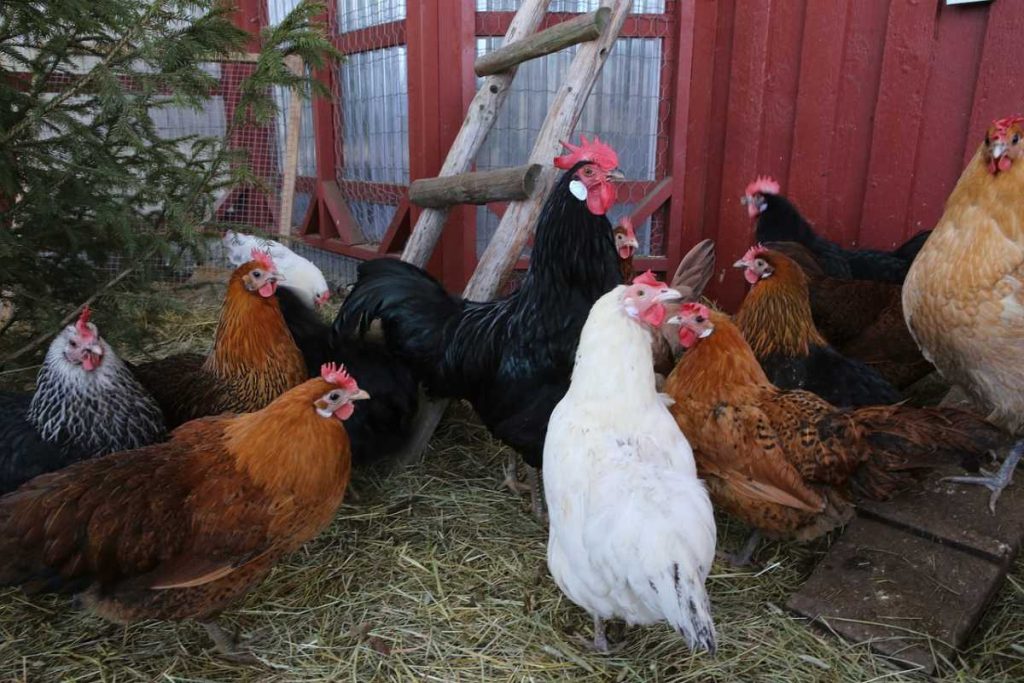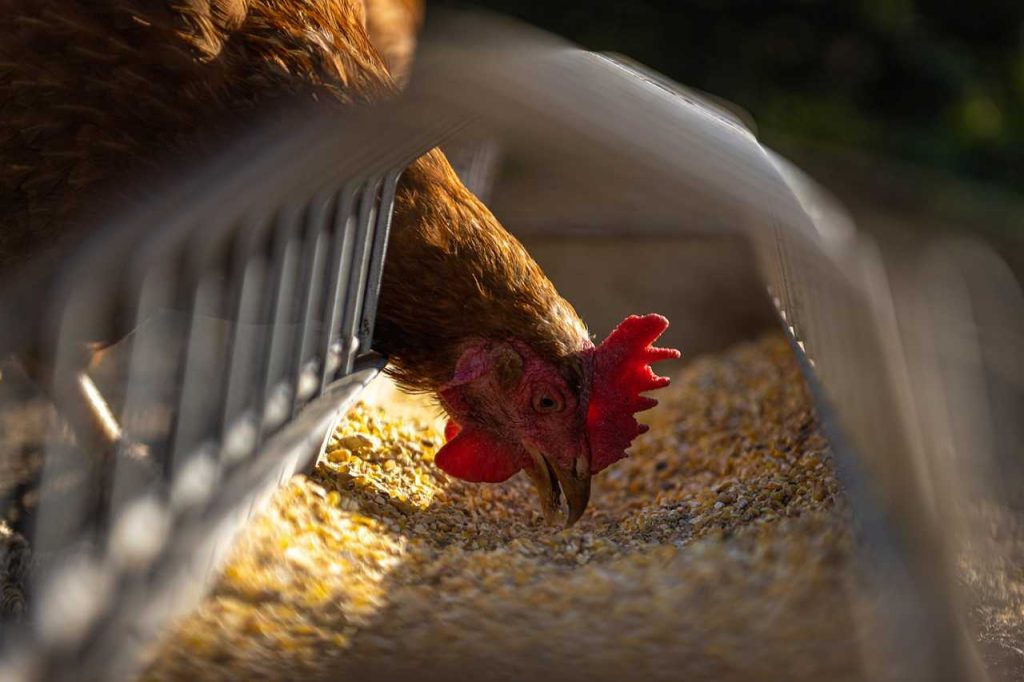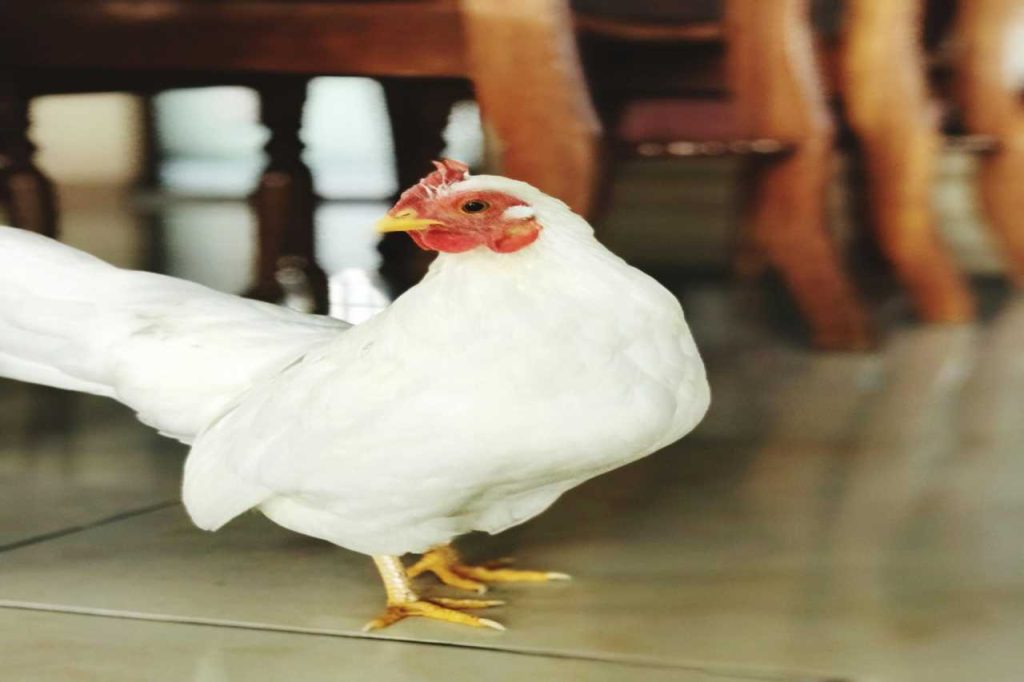Raising chickens in the city is becoming increasingly popular among urban dwellers who wish to enjoy fresh eggs and a connection to their food source. While setting up a chicken coop in an urban environment comes with its own set of challenges, it’s entirely possible to create a thriving space for your feathered friends. This guide will take you through the steps of setting up a chicken coop in the city, ensuring your chickens are happy, healthy, and well-integrated into your lifestyle.
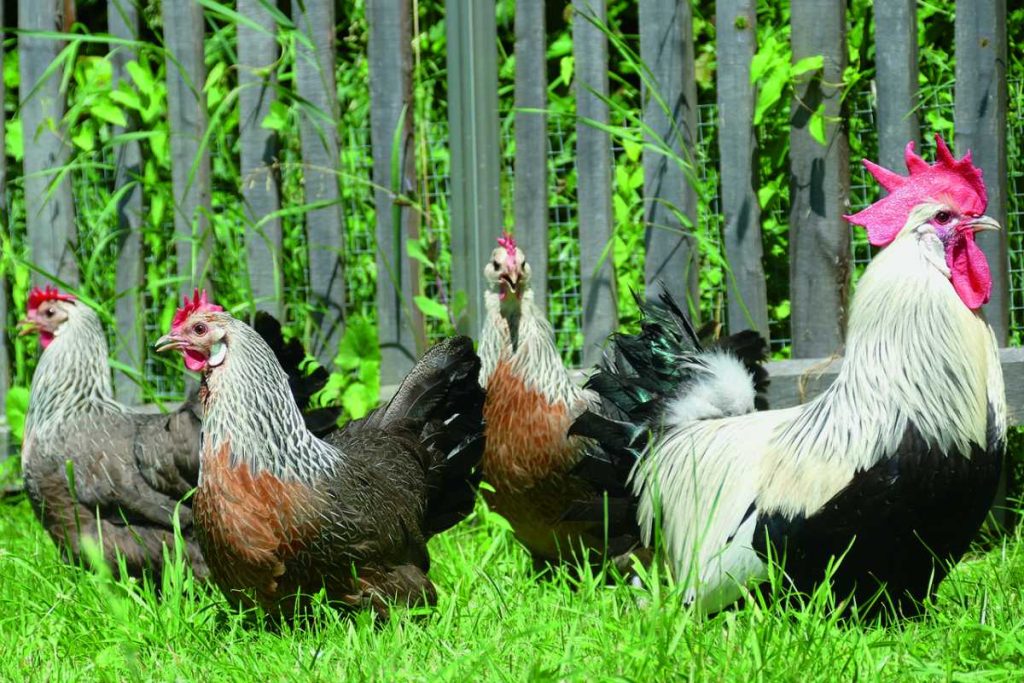
1. Understand Local Regulations
1.1 Research Local Laws
Before you start planning your chicken coop, it’s essential to understand the local regulations regarding backyard chickens. Some cities have restrictions on:
- Number of Chickens: Many urban areas limit the number of chickens you can keep.
- Roosters: Most cities prohibit roosters due to noise concerns.
- Coop Size and Placement: Regulations may dictate how large your coop can be and where it can be located on your property.
Check with your local government or agricultural extension office for specific regulations.
2. Choosing the Right Location
2.1 Assess Your Yard
Finding the right location for your chicken coop is crucial. Consider the following factors:
- Sunlight: Choose a spot that receives ample sunlight, as chickens need exposure to sunlight for their well-being and egg production.
- Wind Protection: Look for an area that is shielded from strong winds to keep your chickens comfortable and safe.
- Accessibility: Make sure the coop is easily accessible for feeding, cleaning, and collecting eggs.
2.2 Avoid Neighboring Issues
Consider your neighbors and their preferences. Choose a location that minimizes potential disturbances, such as noise and odors. Keeping the coop away from property lines can help maintain good relationships with neighbors.
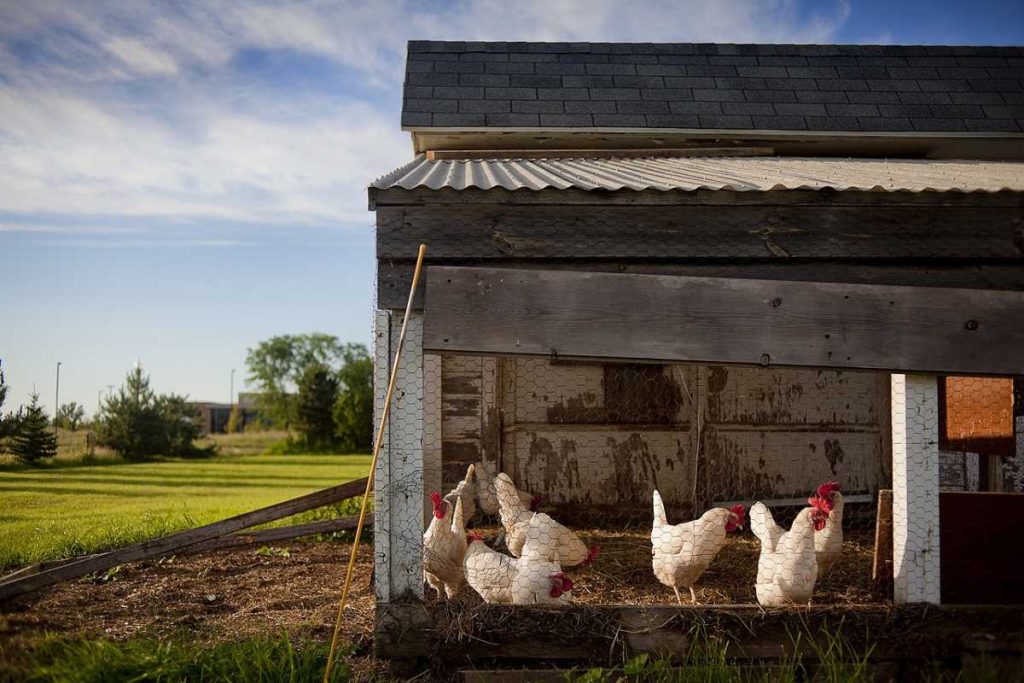
3. Designing the Coop
3.1 Size and Space Requirements
Each chicken requires about 4 square feet of indoor space in the coop and 10 square feet of outdoor space in a run. For example, if you plan to keep four chickens, you’ll need at least:
- Indoor Space: 16 square feet (4 x 4-foot coop)
- Outdoor Space: 40 square feet (4 x 10-foot run)
3.2 Coop Features
Design your coop with the following features to ensure the health and happiness of your chickens:
- Ventilation: Proper airflow is crucial to prevent heat buildup and ammonia from droppings. Install windows and vents that can be opened and closed.
- Nesting Boxes: Provide one nesting box for every 3-4 hens. Nesting boxes should be comfortable, dark, and slightly elevated.
- Roosting Bars: Chickens need a place to roost at night. Install roosting bars at least 2 feet off the ground.
- Easy Access: Design your coop for easy access to collect eggs, clean, and feed the chickens.
3.3 Aesthetics
In urban settings, aesthetics can be important. Consider using materials and colors that complement your home and neighborhood. You can also add decorative elements like flowers or shrubs around the coop to enhance its appearance.
4. Building the Coop
4.1 Materials
Choose materials that are durable and suitable for an outdoor environment:
- Wood: Cedar and redwood are naturally resistant to decay, making them great choices for coop construction.
- Wire Mesh: Use heavy-duty wire mesh to keep chickens safe from predators while allowing ventilation.
- Insulation: Insulate the coop with straw bales or other materials to help regulate temperature during extreme weather.
4.2 Construction Tips
- Elevate the Coop: Building the coop a few inches off the ground can help prevent moisture buildup and deter pests.
- Predator-Proofing: Use hardware cloth or welded wire for the run to keep out raccoons, foxes, and other predators. Bury the wire at least 12 inches deep around the perimeter to deter digging.
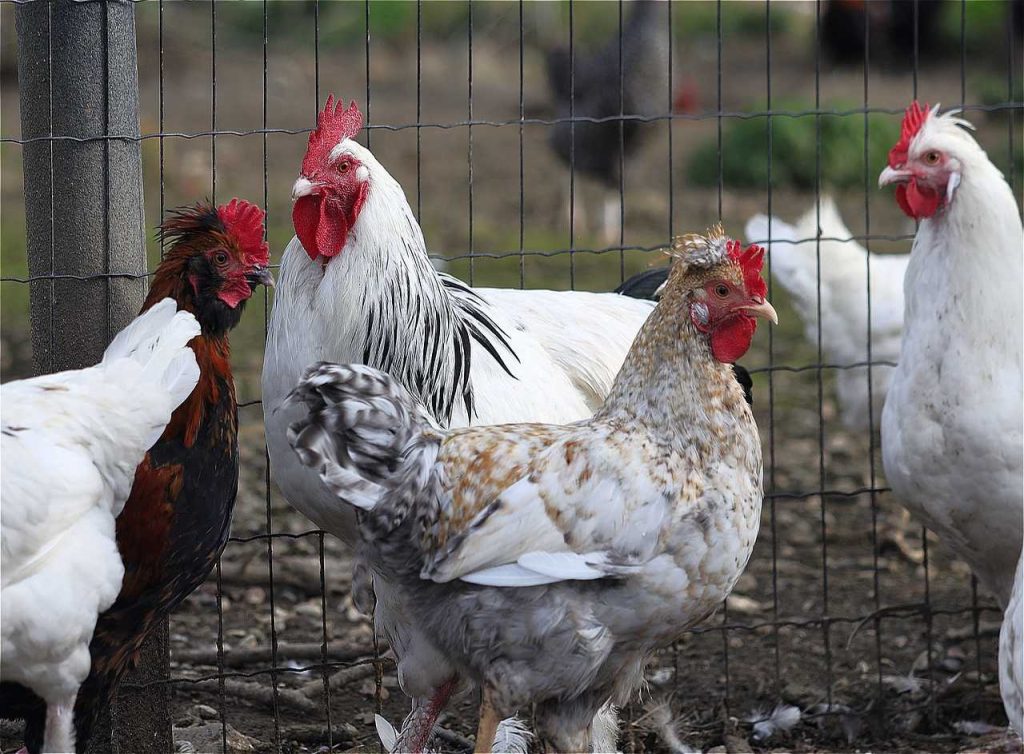
5. Creating the Run
5.1 Size and Layout
The outdoor run should be spacious enough for your chickens to roam and forage. Consider the following dimensions:
- Minimum Space: 10 square feet per chicken.
- Enrichment: Add elements such as perches, dust baths, and hiding spots to keep chickens entertained and reduce boredom.
5.2 Covering the Run
To protect your chickens from aerial predators like hawks, consider covering the run with a mesh netting or roof. This also provides shade and protection from rain.
6. Feeding and Care
6.1 Choosing the Right Feed
Provide your chickens with a balanced diet, including:
- Commercial Chicken Feed: Use a high-quality commercial feed that meets your chickens’ nutritional needs.
- Fresh Water: Ensure your chickens have constant access to clean, fresh water. Use a waterer that prevents spillage and contamination.
6.2 Regular Care Routine
Establish a daily and weekly care routine:
- Daily Tasks: Feed and water the chickens, check for any signs of illness, and collect eggs.
- Weekly Tasks: Clean the coop and run, replace bedding, and check for any repairs that may be needed.
7. Integrating Chickens into Urban Life
7.1 Community Engagement
Engage with your community to share your experiences and knowledge about keeping chickens. This can help foster a supportive network and promote urban chicken keeping:
- Join Local Groups: Participate in local gardening or chicken-keeping clubs.
- Host Workshops: Offer workshops to teach others about the benefits and challenges of urban chicken keeping.
7.2 Education and Awareness
Educate yourself and others about the benefits of keeping chickens, including:
- Sustainability: Chickens help reduce food waste by eating kitchen scraps.
- Fresh Food: Enjoy the benefits of fresh eggs and potentially meat.
8. Managing Challenges
8.1 Noise and Odor Management
Chickens can be noisy, especially during early morning hours. Here’s how to manage noise:
- Coop Design: Insulate the coop and place it strategically away from neighbors.
- Rooster Alternatives: Consider keeping only hens to minimize noise. If you want a rooster, ensure you discuss it with your neighbors first.
8.2 Dealing with Pests
Keep your coop clean and secure to minimize pests:
- Regular Cleaning: Maintain a consistent cleaning schedule to reduce odors and attract pests.
- Secure Food Storage: Store chicken feed in airtight containers to prevent attracting rodents.
Conclusion
Setting up a chicken coop in the city can be a rewarding experience, providing you with fresh eggs and a unique connection to your food. By following this ultimate guide, you can create a sustainable, healthy environment for your chickens while navigating the challenges of urban living.
Embrace the joy of chicken keeping, and you’ll find that these feathered companions can bring happiness, sustainability, and a sense of community to your urban lifestyle.









